When it comes to choosing a family car, safety often tops the list of priorities—especially for parents who want to ensure their kids are protected on every journey. A vehicle’s perceived safety isn’t just about crash test ratings; it also involves everyday factors like how secure car seats feel, the ease of using child locks, rear-seat comfort, and overall ride stability.
Parents look for cars that inspire confidence, with advanced safety technologies, solid build quality, and thoughtful interior layouts that make traveling with children less stressful.
However, not every car manages to deliver that peace of mind. Some vehicles might score decently in safety tests but still feel inadequate when used as a family hauler. Whether it’s due to cramped rear seats, tricky child seat installation, or a bumpy, unsettling ride, these cars leave parents uneasy, even if the official stats suggest otherwise.
In this article, we’ll look at two sides of the same coin: five cars that genuinely feel safe and reassuring for families with kids, and five that, despite their specs, fall short of offering the comfort and confidence parents need.
By highlighting the practical, real-world aspects of these vehicles, we aim to help families make informed choices that go beyond brochures and crash test scores.
Also Read: 5 Cars With Ergonomic Designs and 5 With Awkward Layouts
5 Cars That Feel Safe for Kids
For parents, nothing is more important than knowing their children are safe—whether they’re heading to school, the grocery store, or on a long road trip. While most modern vehicles come equipped with an array of safety features, not all of them succeed in providing the deep sense of reassurance that parents crave.
True peace of mind comes not only from high safety ratings but also from real-world usability: how well the car accommodates child seats, how easy it is to access the back rows, and how stable and predictable the car feels on the road.
Vehicles that feel safe for kids often share several key characteristics. They have well-designed LATCH systems for easy car seat installation, wide-opening rear doors for smooth entry and exit, and excellent visibility for parents keeping an eye on young passengers.
Advanced driver assistance systems (ADAS), such as lane-keeping assist, blind-spot monitoring, and automatic emergency braking, add another layer of protection. Interior comfort also matters—cars with cushioned seats, smooth rides, and quiet cabins contribute to a relaxed environment, keeping both kids and parents at ease.
In this section, we’ll spotlight five standout vehicles that go the extra mile in providing a safe, family-friendly driving experience. These aren’t just cars that score well in lab tests; they are vehicles that, through thoughtful design and execution, make parents feel secure every time they hit the road.
Whether you’re hauling toddlers or teenagers, these cars offer the right mix of safety, practicality, and peace of mind—turning daily commutes and long trips into worry-free journeys.
1. Volvo XC90
The Volvo XC90 has long been a benchmark in the world of family safety, and it continues to stand out as one of the best choices for parents prioritizing child protection. Volvo’s reputation for safety innovation is well-earned, and the XC90 exemplifies that with its array of advanced safety features and thoughtful design.
One of the most reassuring aspects of the XC90 is its robust structural integrity. Built with high-strength boron steel, the SUV offers outstanding crash protection, earning top marks from both the NHTSA and IIHS.
Parents appreciate the standard City Safety system, which includes automatic emergency braking, pedestrian detection, and large animal detection—an extra layer of precaution that goes beyond typical safety tech.
Inside, the XC90 is tailored for families. The rear seats are spacious, and Volvo’s integrated booster cushion in the second row is a standout feature that makes securing young passengers easier.
The LATCH anchors are clearly marked and easily accessible, simplifying car seat installation—something every parent values. Additionally, the XC90’s 360-degree camera system and cross-traffic alert make parking and maneuvering in tight spaces less stressful.

The ride quality is another key factor; the XC90 glides smoothly over bumps and keeps cabin noise to a minimum, creating a calm atmosphere for kids, even on longer trips.
With its combination of cutting-edge safety tech, practical family-focused design, and superior ride comfort, the Volvo XC90 truly feels like a fortress on wheels—giving parents the peace of mind they need every time they drive.
2. Honda Odyssey
The Honda Odyssey has built its reputation as one of the most family-friendly minivans on the market, and its safety credentials make it a top pick for parents seeking reassurance. The Odyssey isn’t just practical; it’s designed from the ground up with family safety in mind, making it a standout for those hauling kids of all ages.
One of the Odyssey’s biggest strengths is its easy car seat installation. With five complete LATCH systems across the second and third rows, it allows multiple car seats to be secured effortlessly—a huge advantage for larger families.
Wide-sliding rear doors make access smooth and convenient, and parents will appreciate the available CabinWatch system, which uses an in-car camera to let you keep an eye on backseat passengers without turning around.

The Odyssey comes equipped with Honda Sensing as standard, which includes forward collision warning, automatic emergency braking, lane-keeping assist, and adaptive cruise control.
These features work together to reduce the risk of accidents and add a critical safety net, especially on long drives or in busy traffic. The minivan also consistently earns top scores from the IIHS and NHTSA.
What truly sets the Odyssey apart is its ride comfort. The suspension is tuned to absorb road imperfections gracefully, and the cabin remains impressively quiet even at highway speeds—keeping kids comfortable and making family trips less stressful.
With its thoughtful design, advanced safety tech, and kid-friendly features, the Odyssey earns its reputation as a minivan that parents can trust completely.
3. Subaru Ascent
The Subaru Ascent is a midsize SUV that has quickly gained favor with families, thanks to its combination of safety, practicality, and all-weather capability. Designed with growing families in mind, the Ascent offers a reassuring package that makes it one of the safest-feeling vehicles in its class.
One of the standout features of the Ascent is Subaru’s EyeSight Driver Assist Technology, which comes standard across all trims. This suite includes adaptive cruise control, pre-collision braking, lane-keeping assist, and sway warning—critical systems that help prevent accidents before they happen.
The Ascent also offers a DriverFocus distraction mitigation system, which actively monitors driver attention and issues alerts when signs of distraction or fatigue are detected.
Inside, the Ascent is built for family life. It provides three rows of seating with plenty of room for passengers and cargo. Installing car seats is a breeze, thanks to wide-opening rear doors and clearly marked LATCH anchors.
Parents of younger kids will appreciate how easy it is to climb in and out, and the second-row captain’s chairs option makes access to the third row more convenient.
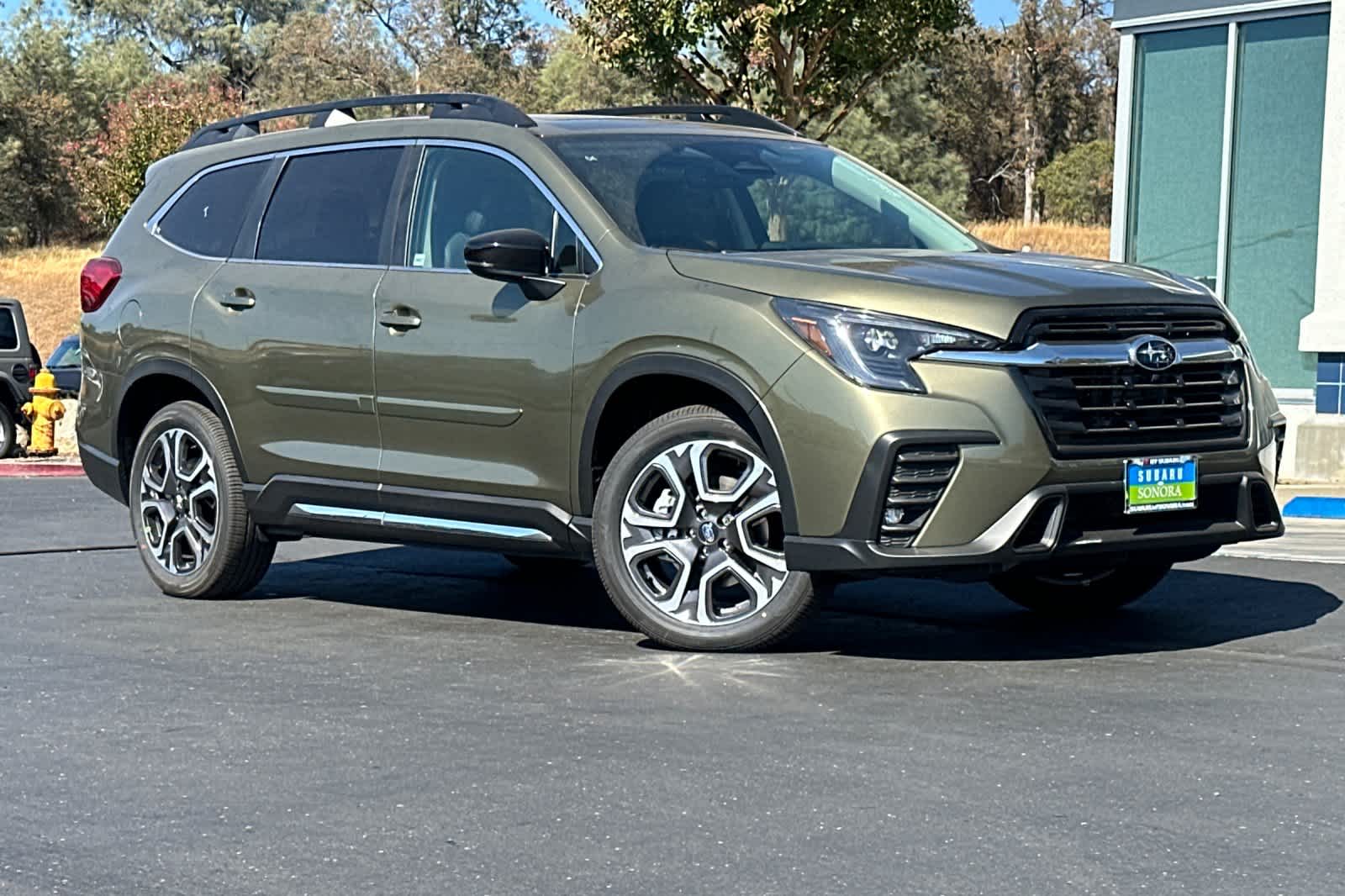
In terms of ride comfort, the Ascent’s suspension smooths out road imperfections well, and Subaru’s signature symmetrical all-wheel drive provides excellent stability in various weather conditions—adding another layer of security for parents concerned about winter driving.
Quiet, spacious, and brimming with advanced safety features, the Subaru Ascent is a well-rounded SUV that provides peace of mind on every journey.
4. Toyota Highlander
The Toyota Highlander has long been a go-to choice for families seeking a safe and reliable midsize SUV, and it continues to deliver strong peace of mind for parents. Known for its impressive reliability and well-rounded design, the Highlander combines practicality with advanced safety to create a vehicle that feels secure in every sense.
The Highlander comes standard with Toyota Safety Sense 2.5+, an extensive suite of driver assistance features including pre-collision warning with pedestrian detection, lane departure alert with steering assist, adaptive cruise control, and road sign assist.
These systems work seamlessly to provide a strong safety net, especially during family road trips or in unpredictable traffic situations. The SUV consistently earns top marks in crash tests from the IIHS and NHTSA, underscoring its strong protective capabilities.
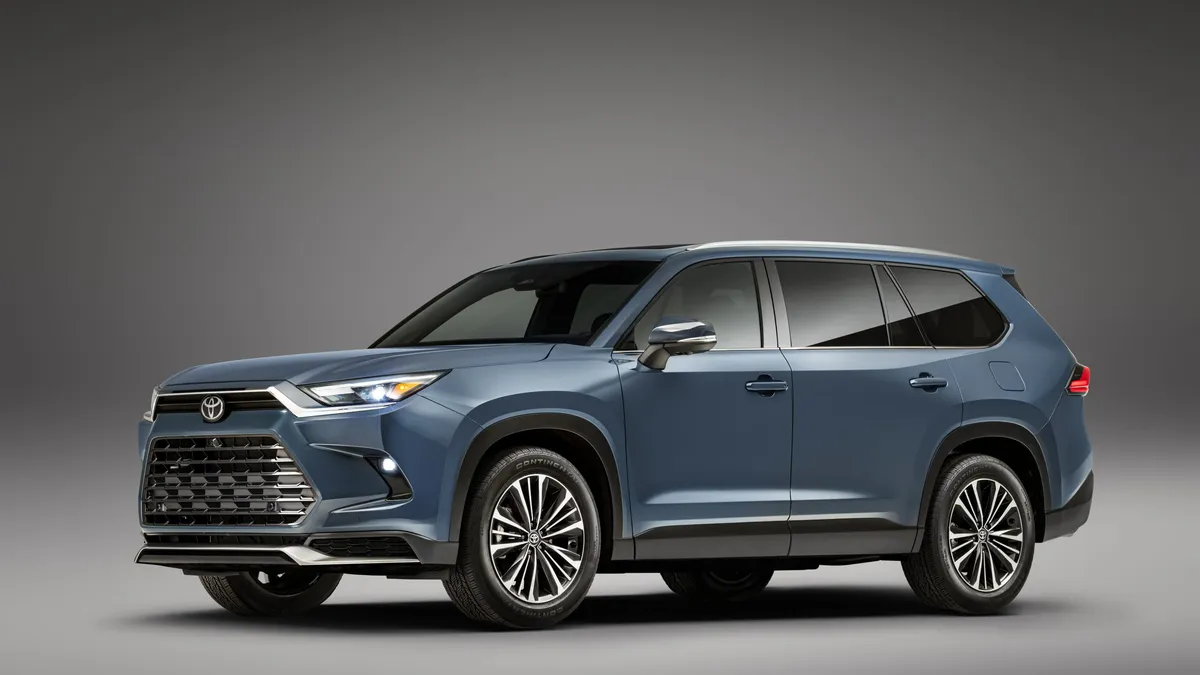
Inside, the Highlander is thoughtfully designed for families. The spacious second and third rows can accommodate both children and adults comfortably, and car seat installation is straightforward thanks to easy-to-access LATCH anchors. Parents also appreciate the wide rear doors and available hands-free liftgate, which simplify daily routines.
The Highlander’s smooth ride and quiet cabin contribute to its family-friendly vibe, minimizing road and wind noise to keep kids relaxed on long drives. Its solid build and dependable handling make it feel stable and predictable, adding to the overall sense of security.
For parents looking for a combination of safety, comfort, and proven reliability, the Toyota Highlander continues to be a top-tier option that delivers peace of mind every time you hit the road.
5. Chrysler Pacifica
The Chrysler Pacifica stands out as one of the best minivans available for families who prioritize safety and comfort. Known for its versatility and user-friendly features, the Pacifica offers a reassuring blend of advanced safety tech and thoughtful interior design that makes parents feel confident every time they’re on the road.
A major highlight is the standard SafetyTec suite, which includes blind-spot monitoring, rear cross-traffic alert, and rear parking sensors.
Higher trims add even more safety features, such as adaptive cruise control, lane departure warning, and forward collision warning with active braking. These systems work together to provide a well-rounded shield of protection, helping parents manage everyday driving hazards with greater ease.
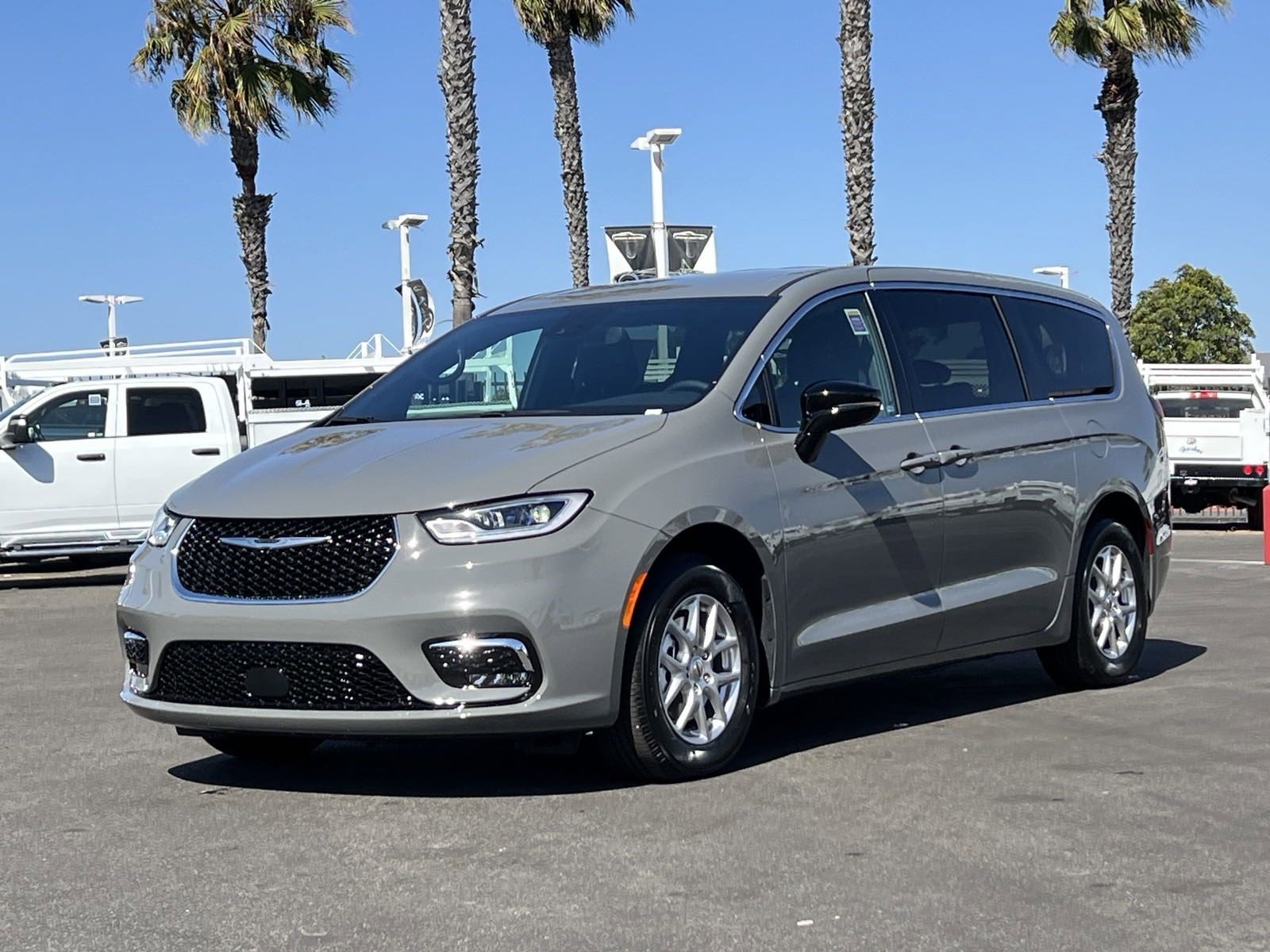
The Pacifica’s interior is tailored for families, offering ample space across three rows and flexible seating configurations. It’s equipped with multiple LATCH points for easy car seat installation, and the Stow ’n Go seating system adds convenience by allowing seats to fold flat into the floor—great for switching between hauling kids and cargo.
The optional FamCAM interior camera is a thoughtful addition, letting parents monitor rear-seat passengers without needing to turn around.
Ride quality is another win for the Pacifica. It delivers a smooth, composed ride that keeps cabin noise to a minimum, ideal for keeping kids comfortable and calm.
Whether you’re running errands or heading out on a road trip, the Pacifica’s combination of safety, comfort, and family-friendly design makes it a reassuring choice for parents looking to transport their children with peace of mind.
5 That Don’t
While many vehicles offer top-tier safety features and inspire confidence for parents, others fall short of delivering that same peace of mind. Sometimes, a car might perform reasonably well in controlled crash tests but fail in the daily realities of family use.
From awkward child seat installation to poor rear visibility, tight rear spaces, or a jittery, unpredictable ride, these shortcomings can make a vehicle feel unsafe—even if the spec sheet looks solid.
It’s important to remember that a vehicle’s overall family-friendliness goes beyond just numbers and ratings. For parents, real-world usability counts for a lot. A car that’s difficult to load with kids, uncomfortable on longer trips, or lacking in key safety features can create constant anxiety, even if it’s technically “safe” by testing standards.
Some cars may also have a reputation for reliability concerns or build quality issues that erode trust over time—something no parent wants to worry about when their children are on board.
In this section, we highlight five cars that may seem acceptable at first glance but don’t quite live up to the expectations of parents who prioritize safety and comfort. These vehicles may have specific design flaws or noticeable performance weaknesses that make them less ideal for family duty.
Our aim is to point out the practical issues that could be deal-breakers for parents, helping families make more informed choices. After all, when it comes to protecting your kids, there’s no room for compromise—and knowing which vehicles to avoid is just as important as knowing which ones to trust.
1. Jeep Wrangler
The Jeep Wrangler is beloved for its rugged off-road capability and iconic design, but when it comes to family safety and comfort—especially with young kids—it leaves a lot to be desired. While adventurous families might appreciate its go-anywhere attitude, the Wrangler’s practical shortcomings make it a tough sell for parents prioritizing security and peace of mind.
One major drawback is its crash test performance. While newer Wranglers have made strides in adding modern safety tech, they’ve struggled in certain crash tests, especially regarding side-impact protection. The Wrangler’s high center of gravity also contributes to a greater risk of rollovers—something that naturally raises concern when kids are on board.
Inside, the Wrangler is designed more for utility than family comfort. The rear seats are narrow, and fitting car seats can be a real challenge.
LATCH anchors are present but not particularly easy to access, and the cabin’s upright, boxy design means legroom and rear passenger comfort are limited, especially on longer trips.
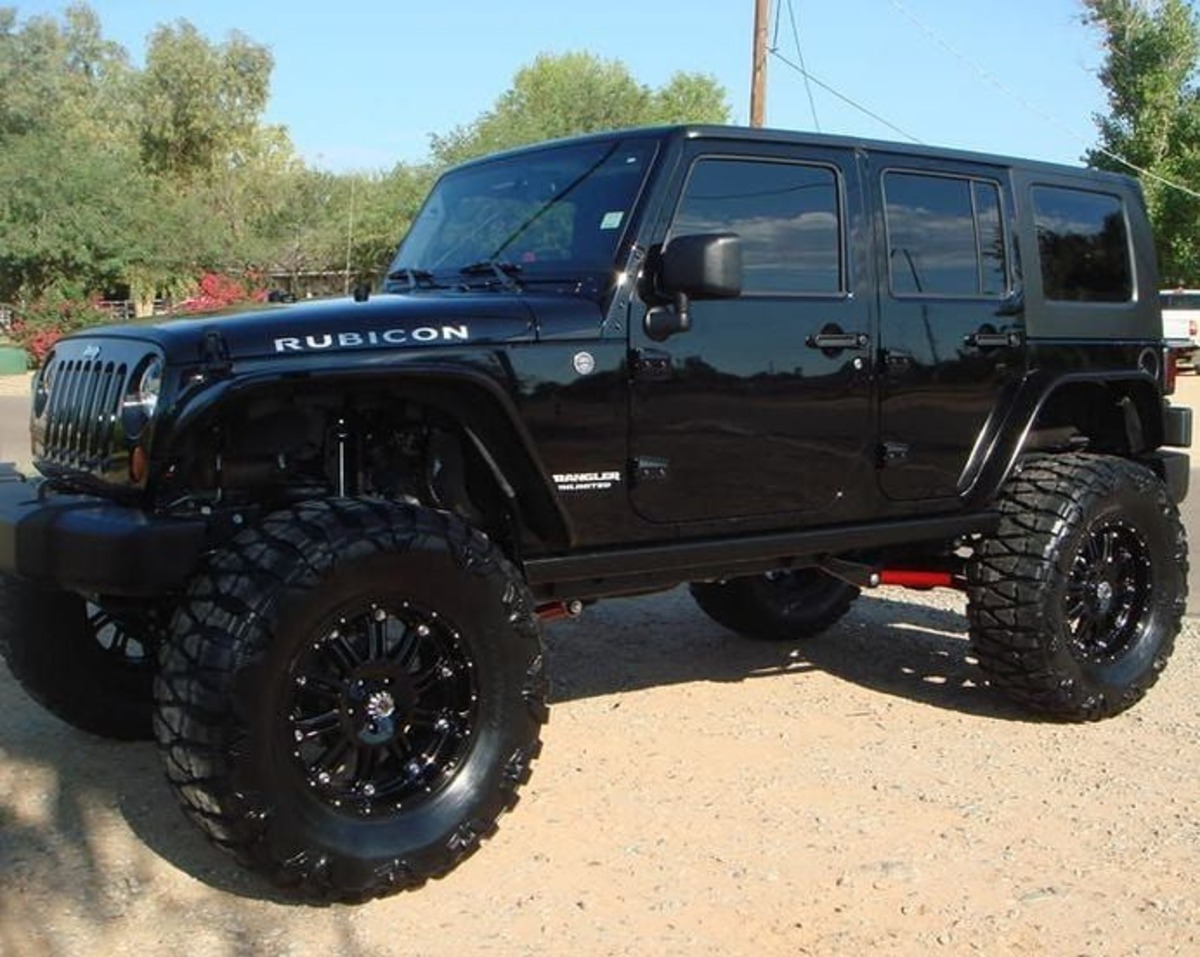
Road noise and ride comfort are also significant issues. The Wrangler’s rugged suspension, while great off-road, delivers a jarring experience on pavement, and the cabin is notoriously noisy at highway speeds—hardly ideal for napping toddlers or peaceful family drives.
In short, while the Wrangler is unmatched for outdoor adventure, it’s far from the best choice for parents seeking a safe, comfortable, and kid-friendly vehicle. Its design priorities simply don’t align with the day-to-day needs of a family-focused lifestyle.
2. Mitsubishi Mirage
The Mitsubishi Mirage is often praised for its affordability and fuel efficiency, but when it comes to family safety and overall comfort, it falls short—making it a less-than-ideal choice for parents with kids. While it might seem like a budget-friendly solution, the trade-offs in design and protection are significant.
One of the Mirage’s main drawbacks is its mediocre crash test performance. Although it includes basic safety features like airbags and a rearview camera, the Mirage lacks many of the advanced driver-assistance systems now common in even small cars.
Safety organisations like the IIHS also rate it poorly in some frontal crash tests and side-impact evaluations, which is a serious concern for parents focused on accident protection.
The interior doesn’t offer much in the way of comfort or practicality either. The Mirage is a subcompact car, and its tight rear seat space makes it difficult to install car seats properly. Even once installed, there’s limited room for a child to sit comfortably, especially as they grow.
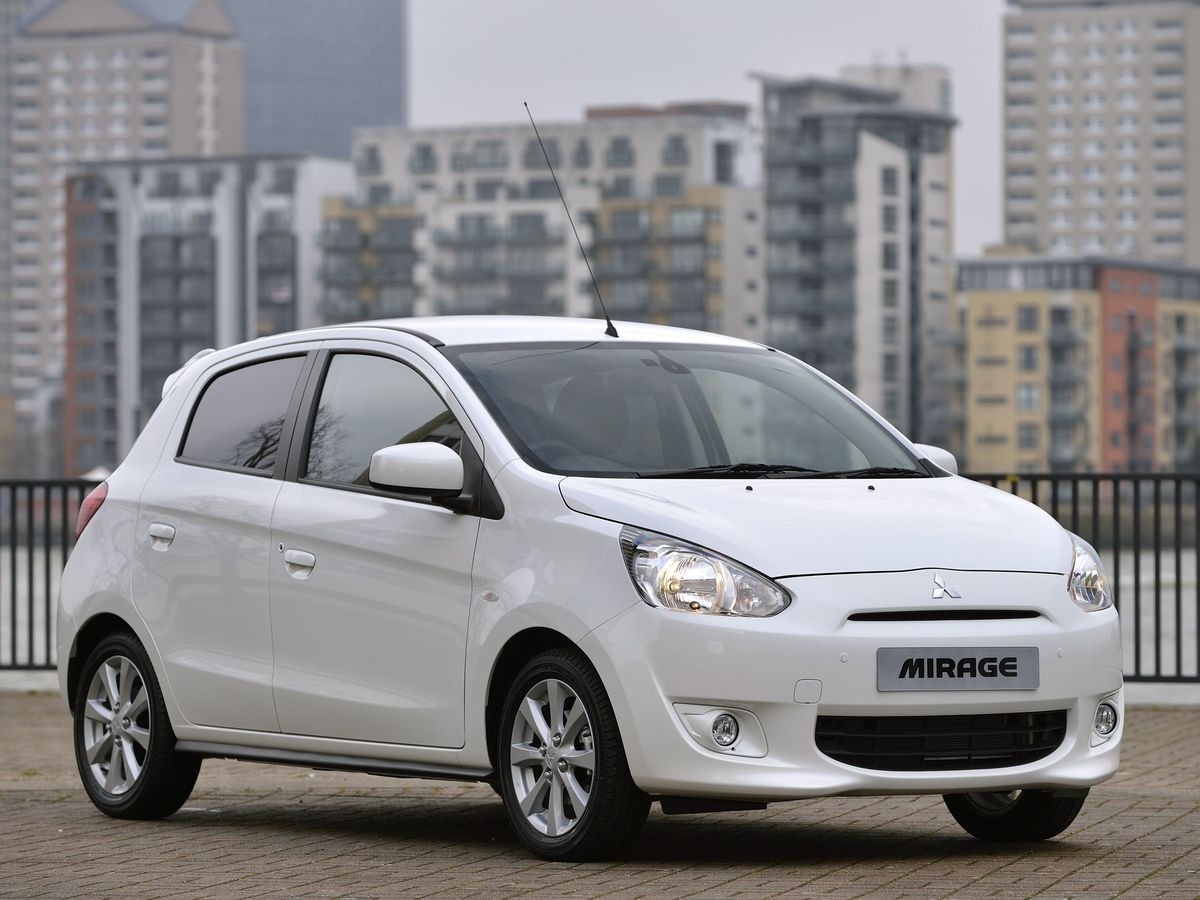
The ride quality is another downside; the Mirage’s lightweight build and basic suspension result in a bumpy, unsettled ride, which can quickly lead to discomfort for young passengers.
In addition, the cabin is plagued by significant road and wind noise, making longer drives far from relaxing. While the Mirage might be tempting for its low price, parents looking for a safe, reliable, and kid-friendly car are better off investing in a vehicle that offers stronger protection and a more comfortable experience.
3. Fiat 500L
The Fiat 500L is a quirky, compact crossover that appeals to urban drivers, but it’s not the best choice for parents looking for a family-friendly vehicle. Despite its relatively spacious interior, the 500L has several design flaws that make it less than ideal for those prioritizing safety and comfort for their children.
Safety is a key concern with the 500L. While it does come with some basic safety features like traction control and multiple airbags, it lacks advanced driver-assistance technologies that are becoming increasingly standard in other family vehicles.
It performs relatively poorly in crash tests, particularly in the areas of side-impact protection and overall structural integrity, which are crucial when carrying young passengers. The NHTSA’s rating of the 500L leaves much to be desired, especially when compared to other vehicles in its class.

The interior, while offering reasonable room for a small vehicle, doesn’t make the most of its space. The rear seats are cramped, and fitting child seats can be a real challenge, with limited access to the LATCH system and no easy way to secure car seats.
Additionally, the ride quality is bumpy, and the 500L’s higher cabin noise levels can make long drives unpleasant, especially for children trying to sleep or enjoy the ride.
Despite its funky looks and affordable price tag, the Fiat 500L is not the best choice for families who need a vehicle that offers superior safety and comfort. It simply doesn’t live up to the needs of parents who require a practical, kid-friendly car.
4. Chevrolet Spark
The Chevrolet Spark is a budget-friendly subcompact car that might catch the eye of first-time car buyers, but when it comes to family use, it’s not the most practical choice. Although it’s a fun little car to drive and offers excellent fuel efficiency, it falls short in key areas that are critical for parents, particularly in terms of safety and interior space.
Safety-wise, the Spark is lacking in comparison to other cars in its segment. While it includes basic safety features like airbags and stability control, it lacks advanced driver assistance systems such as lane-keeping assist, forward collision warning, and automatic emergency braking—features that have become standard in many newer models.
The Spark’s crash test ratings are subpar as well, with particularly low scores for side-impact protection, which is a major concern for parents.
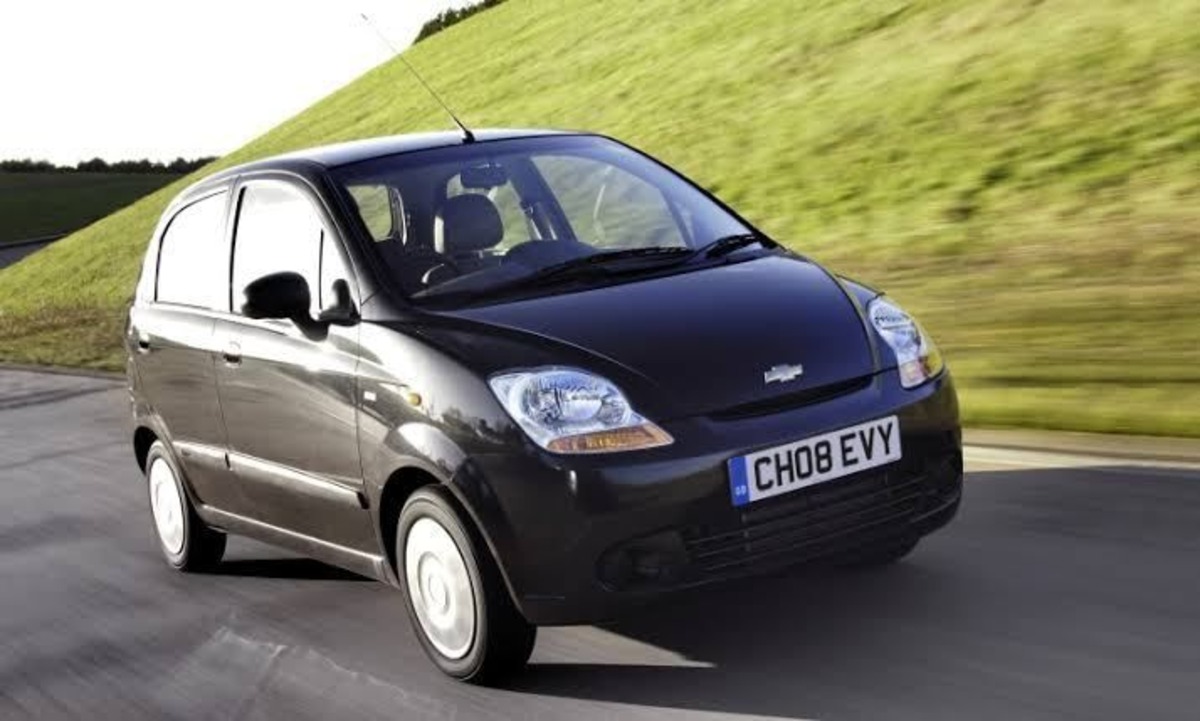
The interior of the Spark is cramped, especially in the back seat, making it difficult to install and secure car seats. The tight space leaves little room for a child to grow into, and even the front seats can feel cramped for taller drivers and passengers.
Additionally, the ride quality is stiff, with a suspension that struggles to smooth out bumps on the road. This results in a noisy, uncomfortable experience for both drivers and passengers, especially on longer trips.
While the Spark’s low price may seem appealing, its lack of safety features, limited space, and bumpy ride make it a less-than-ideal choice for families who want a reliable, comfortable car for their children.
5. Nissan Juke
The Nissan Juke may have a distinctive, sporty design that turns heads, but it’s not the best choice for families with kids. Although it offers an engaging driving experience and a compact size ideal for tight parking situations, the Juke falls short in terms of family-friendliness, especially when it comes to safety, comfort, and space.
One of the biggest issues with the Nissan Juke is its underwhelming safety features. Despite having basic airbags and stability control, it lacks many of the modern driver-assistance technologies that are now standard in many new vehicles, such as automatic emergency braking, lane departure warning, or adaptive cruise control.
When it comes to crash test ratings, the Juke doesn’t fare well, with only moderate scores in various crash tests from organizations like the IIHS. This raises concerns for parents who want reassurance that their vehicle can protect their children in the event of an accident.

The interior is another downside. The Juke is a subcompact SUV with a small cabin, and rear-seat space is extremely limited. Installing car seats can be challenging, as the rear seats are cramped and the LATCH system is not particularly easy to access.
Moreover, the Juke’s high stance and sporty suspension make for a rough ride, with excessive road noise and a bumpy drive that can be unpleasant for both parents and young passengers.
In conclusion, while the Nissan Juke’s unique design and agility might appeal to some, its lack of safety features, cramped interior, and rough ride make it unsuitable for families who require a more practical, child-friendly vehicle.
Choosing the right vehicle for your family goes far beyond just selecting a car that fits your budget or looks appealing. For parents, the priority is finding a car that not only meets basic safety standards but also provides comfort, practicality, and convenience for both children and adults.
The vehicles that “feel safe for kids” offer a combination of advanced safety features, spacious interiors, and smooth rides that make them ideal for families looking to keep their little ones secure on the road.
These vehicles, like the Subaru Outback, Toyota Highlander, and Chrysler Pacifica, all demonstrate that safety doesn’t have to come at the expense of comfort or reliability.
They excel in crash test performance, offer user-friendly features like ample car seat space, and create an overall family-friendly environment, ensuring that both parents and children can travel with peace of mind.
On the other hand, the cars that “don’t feel safe for kids” tend to prioritize style or price over practical safety and comfort. Vehicles like the Jeep Wrangler, Mitsubishi Mirage, and Fiat 500L, while offering certain advantages in their own right, struggle to deliver the necessary safety features, space, or ride comfort required for family transport.
These vehicles fall short in areas like crash test performance, ease of car seat installation, and overall driving experience, which are crucial when transporting children. While some of these vehicles may be suitable for single individuals or couples without children, they are not ideal for families who need both protection and convenience.
In the end, the safety and well-being of your children should always come first. Choosing a vehicle that is specifically designed to accommodate the needs of a family—both in terms of safety features and practical everyday use—can make all the difference in providing peace of mind during every journey.
Also Read: 5 Cars That Are Safe to Modify and 5 That Fall Apart With Upgrades

